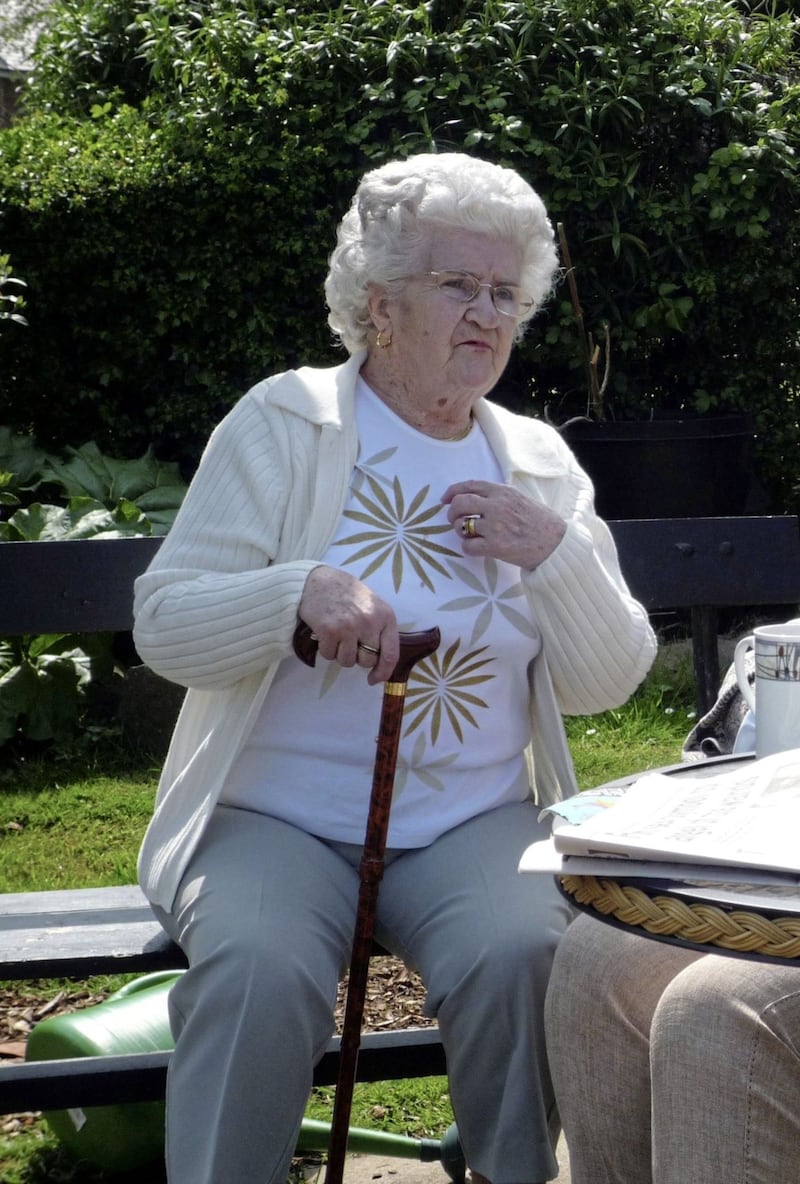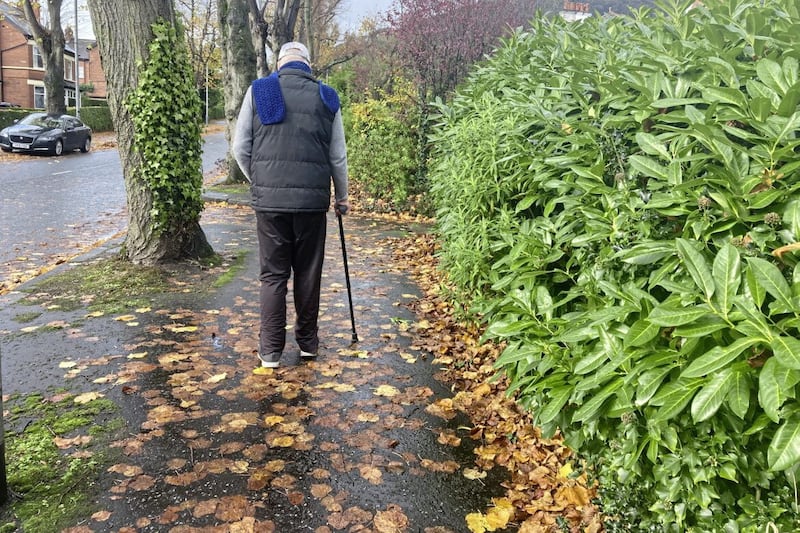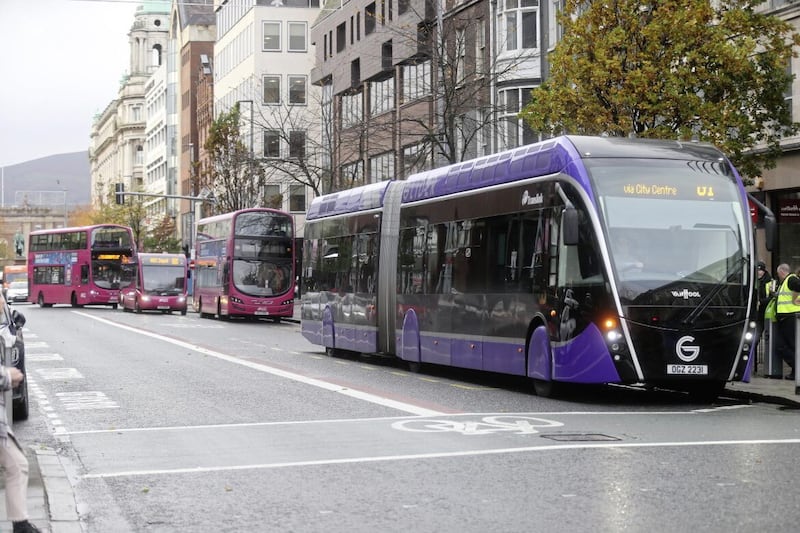LAST week election leaflets were full of how to improve life in Northern Ireland - education, health, civil unrest, green energy, even the York Street Interchange got a mention. This road scheme is to improve the flow of traffic at the junction of two motorways and the Westlink but don't hold your breath, the railway line is a problem, as is finance and agreement amongst 'stakeholders'.
It's probably the most important development in this part of town since York Gate in the 90s - a big new retail development costing £7 million at the time, offering more than 250 jobs and some 53,000 product lines.
Most interesting of all was the location, the site of Gallaher's factory on Belfast's York Street. The history surrounding the famous cigarette factory and the area around the docks was like something in a film, especially the days of the Hungry Thirties when tobacco sales soared as smoking suppressed the appetite and the factory prospered, exporting 4,000 tonnes of 'the weed' in 1930, rising to 10,000 tonnes inside six years.
Established in 1891, the 45 cigarette-making machines were transferred from Derry to York Street to become the largest independent tobacco factory in the world, employing at its peak 3,200 people.
John Gallaher Michaels, nephew of the founder, spoke of the leaf conditioning room, the raw material being stripped as the girls removed every particle of stem.
"Next, the stripped leaves are fed into cutting machines whose guillotine knives of razor edge keenness rise and fall at a speed of 500 a minute. Each machine consumes 600lbs of tobacco an hour and as the flakes fall they are sucked away into a series of cyclones and whirled and tossed about under strong suction which eliminates the dust and the strands of perfect tobacco fall in golden cascades into skips ready for the most amazing of all the many intriguing machines in the great building - the cigarette maker."
Full marks for copy writing...
It may have seemed like that to the boss, but to May Curry it was backbreaking work. I first noticed her dexterity the day we were preparing cabbage, where I cut out the stalk and chopped the leaf, she stripped the green from the vein in a lightening second.
Then she explained that she once sat in Gallaher's on a low chair, a bag on either side stripping the leaf into one and the waste into the other. A specific weight had to be reached and if the veins weighed more than the amount laid down for the day, a bonus was paid.

OFF TO THE WELFARE
"The older girls would sit along the floor in the long toilets smoking and I remember the day they made me take one and I fainted. I was taken off to the welfare where I lay till lunchtime," said May.
"My sister Peggy worked in another department and someone told her the nurse had come up and someone was taken away on the stretcher. 'I think it was your May,' she said."
Peggy didn't see the funny side and was furious with her 15-year-old sister: "Never let me see you with a cigarette in your mouth again."
Four of May's 10 sisters worked in Gallaher's. Maudie in the cigarette room, Peggy on the leaf, Sarah making cigarettes and Lily on leaf and tobacco.
She remembers there was music all day and the long lines of workers singing along, the older ones talking about the dances in Belfast and what happened when the boys got fresh. It was all a great education for the young girl.
May described how a high truck of leaves would come along and the bags would be filled up.
"Look at my fingers," she holds them up and the top of her index fingers are quite twisted.
"All crooked, we cried every night with the pain but it was good money. We wore cream linen caps and creamy overalls. We were allowed 40 cigarettes every Friday and at 10.30 every morning we'd get half a pint of milk and a biscuit which was thick with chocolate."
She relishes the memories. "You could smell us a mile off and there was one story which went round Gallaher's about Minnie going over the bridge on a bus packed with the shipyard workers and one of the men offered her his knee but he screwed up his nose at the smell from her clothes and said, 'I know where you work' and she replied, 'and I know where you work - in a bakery because I can feel your dough rising.'" At that May went off into peals of laughter and you can imagine the fun they all had in the factory.
HOW THINGS HAVE CHANGED SINCE THEN
Now known as City Side, the site is still a retail and entertainment centre. There are cafes, stores and charity shops. The 14 screen Movie House has a constant stream of patrons and The Twilight Zone caters for those who like to play the slot machines including poker.
I was warned that parking is only for 5 hours at a time, however, if you going to stay to play longer, maybe have a meal afterwards the advice is to speak to one of the security guards and they will book you into the 24 hour system.
May Curry died a few years ago, what she would have made of the development of her former workplace I wonder. And what of the pork factory in Tomb Street, now the Royal Mail.
"When they brought the new bacon slicing machine in from America, the foreman fancied me and he allowed me to be the first one to work it. I was the first in the country to slice bacon on a machine," she said.
"The wages weren't much but every Friday we'd get a packet of pork, a fillet the thick of your wrist, sausages, pork pieces and of course, sliced bacon. That was enough to keep the family for quite a while."
Those were the days.








